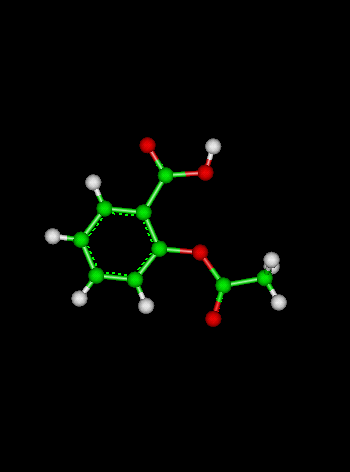
Course Chapters
Section Tests
Online Calculators Linear Least Squares Regression Newton's Method Equation Solver
Related Information Links
|
Solutions to All Questions:What is 20% of 35?Let's take our clues from the English statement.
So we get a math problem:
What is 20% of 35 x = .2 * 35 Finishing the multiplication on a calculator gives: x = 7.
11 is what percent of 20?Let's take our clues from the English statement.
So we get a math problem:
11 is what percent of 20 11 = x * 20 To solve for x we need to divide by 20, which gives: x = .55. We're not quite finished! We were asked for a percent, so we need to change this number into a percent symbol. When changing a percent to a number we slide the decimal 2 places to the left (which is the same as dividing by 100). To change a number to a percent, we reverse this: Slide the decimal two places to the right (which is the same as multiplying by 100!)
6.5% of what number is 80.02?Let's take our clues from the English statement.
So we get a math problem:
6.5% of what number is 80.02 .065 * x = 80.02 To solve for x we need to divide by .065, which gives: x = 1231.076923. Let's practice our sig figs and rounding. The number with the least sig figs was .065 -- it has 2 while 80.02 has 4. So we should round our answer to two sig figs: 1200.
What is 10 after being increased by 15% ?Before setting this up like the previous three, we need to remember what the phrase "increased by 15%" means: Whenever we see a % increase, we are really working with a question similar to "what is 15% of 10?" In this problem, we are being asked to take 10 and increase it by (or add on) 15% of 10. You may have encountered this before under the name mark-up; for example, some stores take what they paid for an object (wholesale price) and "mark it up" some percent to sell it to you (retail price). Now we're ready to take our clues from the English statement.
So we get a math problem:
What is 10 after being increased by 15% of 10 x = 10 + .15 * 10 Now we have a just few calculations left to do: 10 + .15 * 10 = 11.5. Want to learn a trick to make this even simpler? We can rethink this problem as a "growth" problem this way: A 15% increase is the same as taking 100% of something and adding on 15% more. This is the same as 115% of what you started with. Working the problem this way, we need to find:
= 1.15 * 10 = 11.5 This is not magic. We have just used the distributive property fact that A + B * A = (1 + B) * A!
What is 201.1 after being decreased by 25% ?As in the last problem, we need to remember what the phrase "decreased by 25%" means: Whenever we see a % decrease, we are really working with a question similar to "what is 25% of 201.1?" In this problem, we are being asked to take 201.1 and decrease it by (or subtract off) 25% of 201.1. You may have encountered this before under the name mark-down; for example, some stores have 25% mark-down sales, in which the sale price is found by marking down the retail price. Now we're ready to take our clues from the English statement.
So we get a math problem:
What is 201.1 after being decreased by 25% of 201.1 x = 201.1 - .25 * 201.1 Now we have a just few calculations left to do: 201.1 - .25 * 201.1 = 150.825. Want to learn a trick to make this even simpler? We can rethink this problem as a "decay" problem this way: A 25% decrease is the same as taking 100% of something and subtracting off 25% of it. This is the same as 75% (100-25) of what you started with. Working the problem this way, we need to find:
= .75 * 201.1 = 150.825. This is not magic. Again, we have a the distributive property fact: A - B * A = (1 - B) * A! |
 Shodor
Shodorin cooperation with the Department of Chemistry,
The University of North Carolina at Chapel Hill
Copyright © 1996-2008 Shodor
Please direct questions and comments about this page to
WebMaster@shodor.org